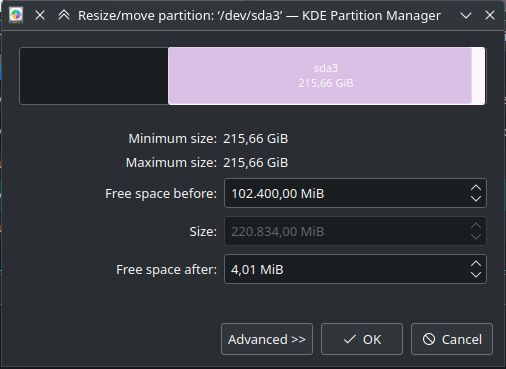this post was submitted on 03 Aug 2023
14 points (93.8% liked)
Linux
48222 readers
972 users here now
From Wikipedia, the free encyclopedia
Linux is a family of open source Unix-like operating systems based on the Linux kernel, an operating system kernel first released on September 17, 1991 by Linus Torvalds. Linux is typically packaged in a Linux distribution (or distro for short).
Distributions include the Linux kernel and supporting system software and libraries, many of which are provided by the GNU Project. Many Linux distributions use the word "Linux" in their name, but the Free Software Foundation uses the name GNU/Linux to emphasize the importance of GNU software, causing some controversy.
Rules
- Posts must be relevant to operating systems running the Linux kernel. GNU/Linux or otherwise.
- No misinformation
- No NSFW content
- No hate speech, bigotry, etc
Related Communities
Community icon by Alpár-Etele Méder, licensed under CC BY 3.0
founded 5 years ago
MODERATORS
you are viewing a single comment's thread
view the rest of the comments
view the rest of the comments

Because FAT32 has a 4GB file size limit, it's generally slower, and it's easier for hardware faults to corrupt files in a FAT32 filesystem.
Usually I wouldn't bother with FAT32 unless some device specifically requires it, but this is uncommon nowadays. (Be sure to check it out first though, just in case, before ever thinking about changing filesystems!) And nowadays, even if NTFS was originally a Windows partition type (and FAT32 a DOS/W9x one), Linux has excellent support for both, both writing and accessing.
It's probably aligning the round edge to the hardware. Odds are that you can turn this off (in gparted you can), check if there isn't something about this in "Advanced >>".
Either way, I wouldn't worry too much. It's just 4MB.
thanks! What about exfat?
I don't know much about exFAT, besides the fact that it's encumbered by Microsoft patents.
I believe Microsoft published the spec and opened up the patents for exfat a while ago. So Linux has had a pretty good exfat driver from Samsung since Kernel 5.7.
Thanks for the info - as I mentioned, I don't know much about it. And frankly I never saw a point on using it, I usually go with ext4 > NTFS > FAT32.